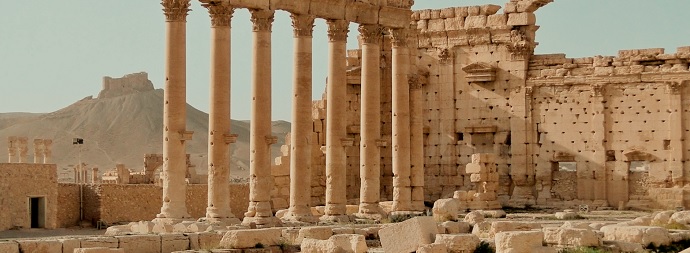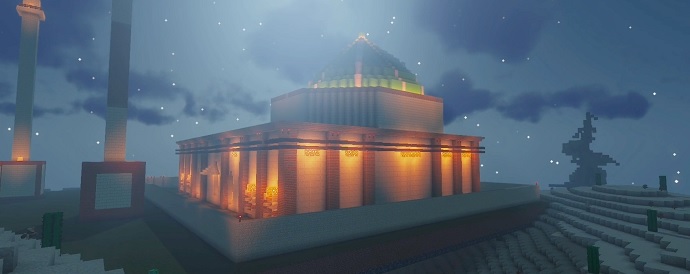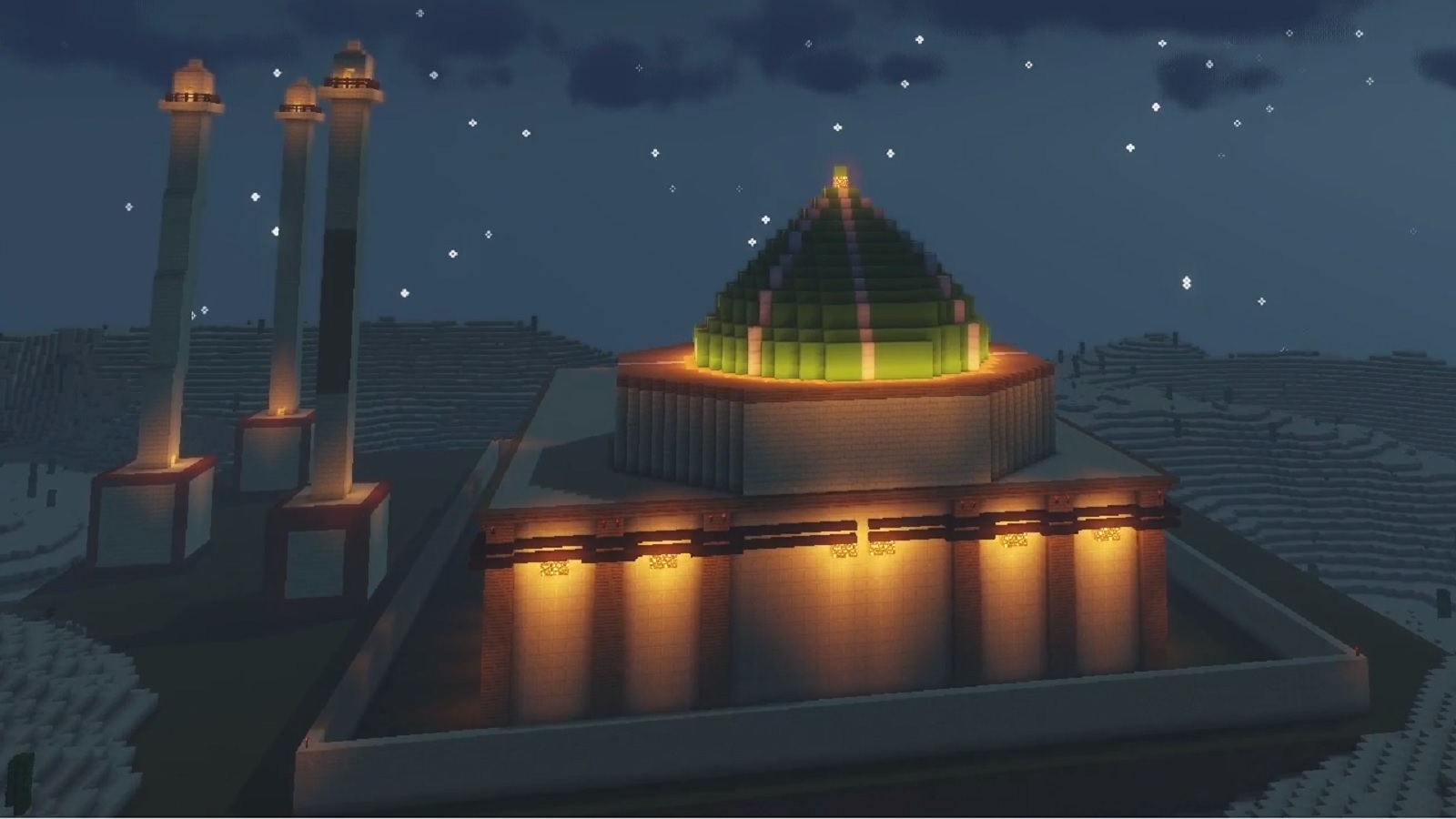Forgive us, Mother Earth, for we have sinned. Our reckless behavior made us cut your trees and fill your waters with plastic instead of precious fish. But what is worst, is that most of us don’t even think about the future generations that are about to come. We destroy everything that’s in our path without even thinking that it will take ages for nature to regenerate. Without efforts of environmentalists to protect it, nature is doomed to have a gloomy future. Yet, there is a place where nature can thrive in peace.
The spot where we can admire all of its best-kept treasures is in the virtual world, thanks to the tools offered by an online game. For example, Greenpeace mapped out the Polish primeval forest with Minecraft and you can admire all of its beauty online. Another place which deserves our applause is Minecraft Update Aquatic, which thought of the game as an ingenious way to give to the oceans’ what it’s theirs.
Oh, Mother Earth, but it is not only your natural world that has to suffer. It is the anthropic side that the human hands threaten too. Namely the historical buildings in the Middle East, which have been destroyed by countless wars. Just like in the examples above, the current situation bears a negative impact on future generations, which will never be able to see, visit, or learn about these places.

Having this sad scenario in mind, UNESCO teamed up with agency Africa and launched “History Blocks“, a campaign that takes place entirely inside Minecraft Education Edition, within a Microsoft platform with a pedagogical purpose used in schools around the globe. The campaign is supported by teachers who guided—through a pedagogical plan—the collaborative building of monuments that had been destroyed in the Middle East and which have already been projected in the platform.
Launched at Escola Bosque this year, the project is recognized as a suitable tool for teaching in Brazil. The school was chosen to receive the project’s prototype and also test how the students would react to the initiative. In just two weeks, the pupils succeeded to complete the digital recreations of two great monuments.
“It is surprising to see the level of the students’ engagement in the History Blocks project. At the same time that they solve complex geometry, logic, and abstract challenges, it’s possible to see how they get involved with the culture and history behind the monuments and their destruction. For many of them, it was their first contact with concepts such as cultural destruction and ideology oppression, and through this experience, we showed them the importance of preserving world heritage sites,” says Silvia Scuracchio, M.D. in School Psychology, who is the pedagogical director of Escola Bosque.

The project is already available in over 30 schools. But the plan is to expand it even further. Any school that plans to use Minecraft Education Edition will be able to access the pedagogical plan, which was developed with the support of Professor Francisco Tupy, Ph.D. in Video Games in Education and one of Minecraft’s global mentors. After accessing the campaign’s website, students can download a step-by-step plan and use the game as an educational tool.
“Technology is a tool to transform education and bring to life methods that used to be unthinkable when it comes to teaching. The project on the UNESCO’s world heritage sites opens the door for students all over the world to study important monuments of our history,” explains Daniel Maia, Manager for Academic Projects at Microsoft Brazil.
What an ingenious way to learn history! We can hardly wait to see some of these buildings with their foundations laid in Minecraft! How about you? Would you want to learn history using this interactive method? Let us know by sharing your opinions in the comment section below!
